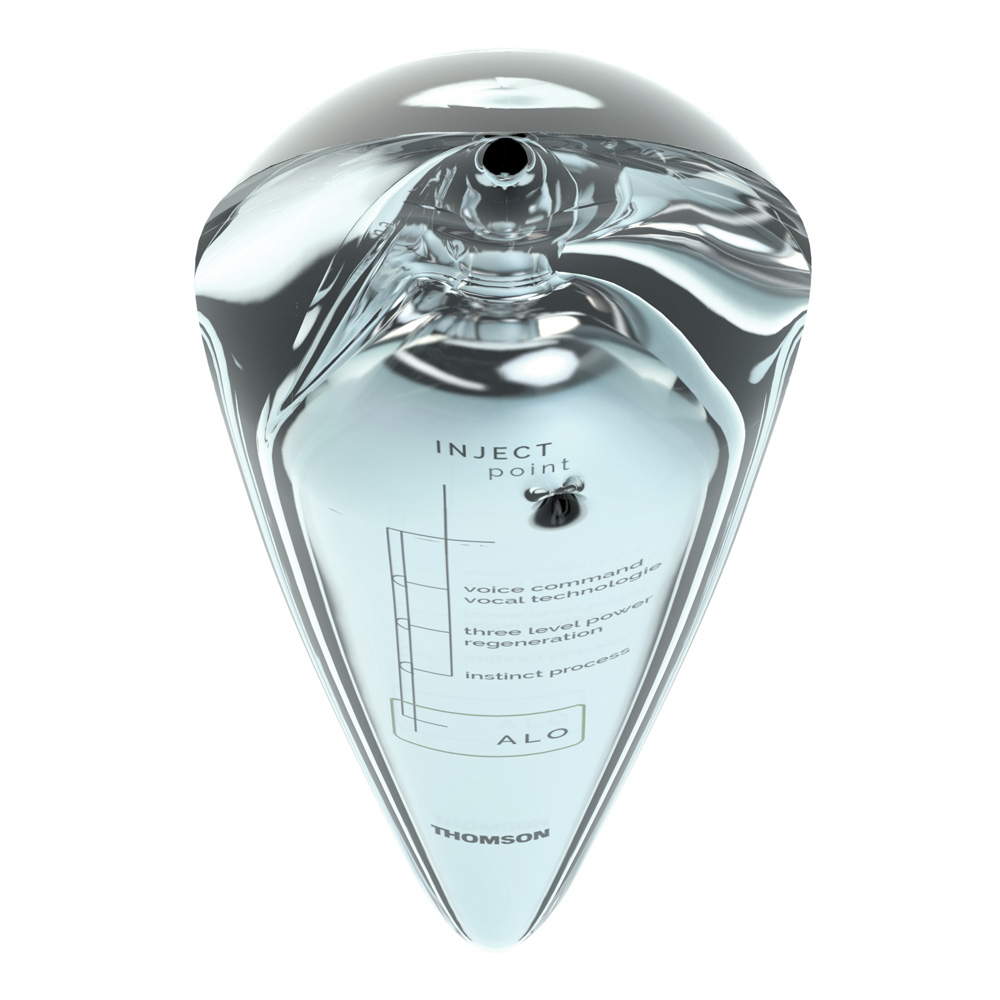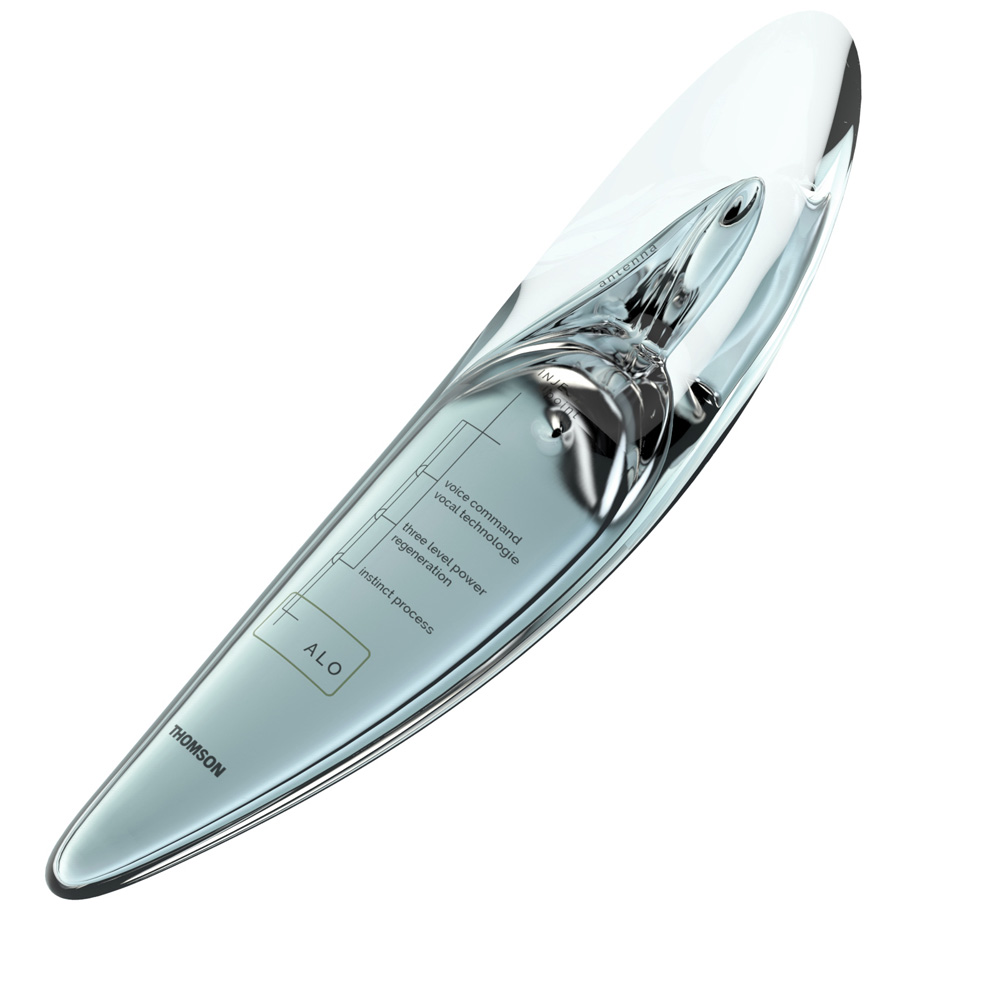Since the first iPhone, every smartphone is now a tiny tablet. Philippe Starck and Jerome Olivet demonstrate how that could change with AI.
In 2014, on stage at a Fast Company event, I asked Google’s then-head of Android Matías Duarte if there was a “next iPhone” around the corner—something the company anticipated would disrupt the standard industrial design of this mini tablet in your hand.
Duarte took the opportunity to pounce, pointing out that tablets had been used for thousands of years, and I’d fallen into the “very common trap” of assuming that such timeless design might change in the search for the next shiny thing.

Fair enough, and yet, just a few years later, we’re not just tapping on buttons anymore. We’re talking to AI assistants like Google Home—all while designers are planning for a time when these personalities don’t just respond to our queries but automatically solve problems and proactively insert themselves into our day. In this world, in which we can communicate with smarter software in so many new ways, do we need a tablet filled with dozens of different apps?
According to designers Philippe Starck and Jerome Olivet, no. The duo has presented a compelling new concept called Alo for the electronics brand Thomson. Featured on Dezeen, Alo is like the iPhone for a post-iPhone world.

Rather than a rectangle, Alo is a crescent. Only the core is aluminum, while the outside is what they call a “gelatinous” self-healing material that provides haptic feedback to the user, including vibrations and heat. But Alo’s main input interface is invisible. Instead of relying on a touchscreen, it listens to your voice and watches you through a camera. To play media, it projects a 3D hologram.
While this might, at first glance, seem to be nothing but a sensational take on the future, Starck and Olivet have actually presented a poised bit of futurism. What is design but paring down the unessential? And in a world driven by an AI that is ever-watching, ever-listening, isn’t it reasonable to assume that we might take that opportunity to kick out at least a few of those glowing screens from our lives?
Of course it does. However, Alo does seem to overlook one important thing: We do a lot of very private things on our smartphones, from checking out bank accounts to communicating sensitive, even intimate information. It appears that Alo may accommodate some of these situations by using eye-tracking (perhaps, spotting that you’ve read a text message then auto-deleting it so that no one else sees). Even still, the prospect of walking down the street while shouting, “Alo, is my hemorrhoid prescription ready at CVS yet?!?” is enough to keep these tiny touchscreens in our pockets around for a long time to come.
[All Photos: via Jerome Olivet]
This article first appeared in www.fastcodesign.com
Seeking to build and grow your brand using the force of consumer insight, strategic foresight, creative disruption and technology prowess? Talk to us at +9714 3867728 or mail: info@groupisd.com or visit www.groupisd.com

